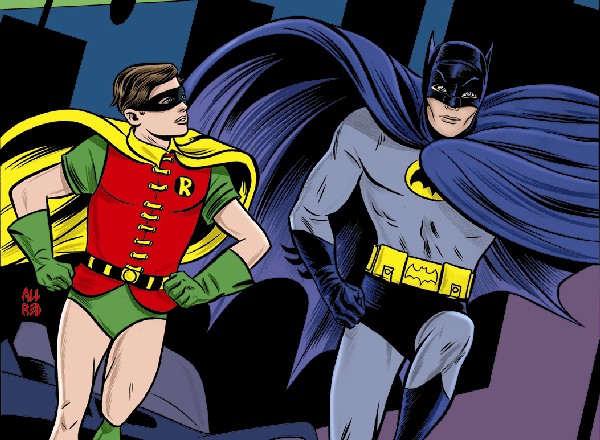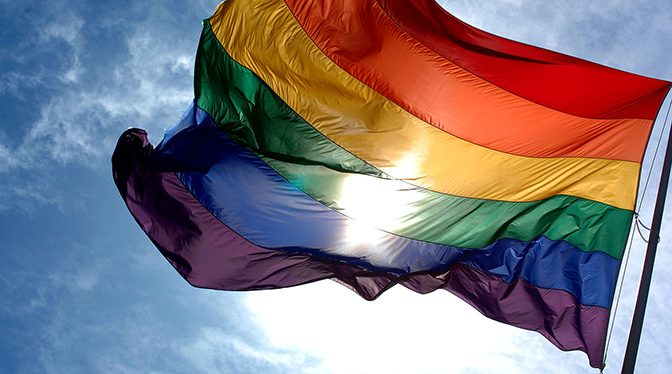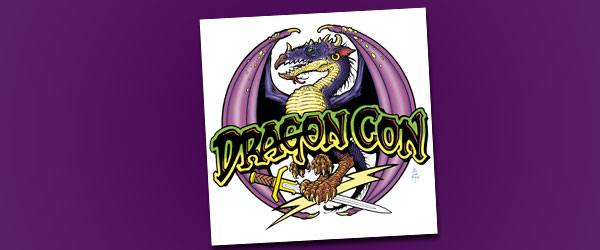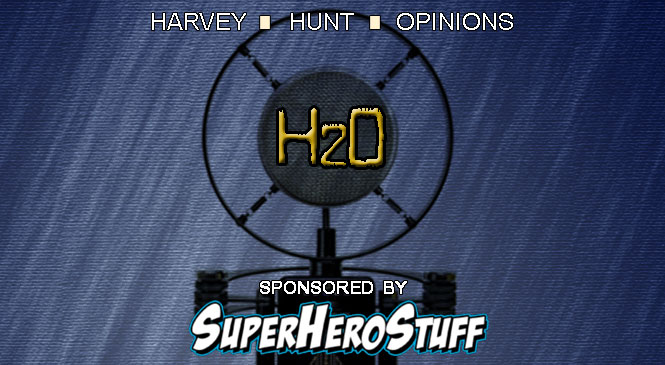Worldcon 74: Queering Heroic Fantasy

As fantasy (and indeed science fiction) move forward into the 21st century, it inevitably bumps up against changes in society for both the readers and writers. What was once breathtakingly progressive is now out-of-date or worse, embarrassing. The change of cultural climate is swift in some places, in others agonizingly slow. This is particularly true for writers who deal with LGBT characters and situations.
Jed Hartman moderated a four-person panel (Heather Rose Jones, Amanda Downum, Tex Thompson, and Evey Brett) which tackled the subject, looking at issues both inside the universe of the story, and in the world of the author trying to have their stories heard.
First topic under discussion was the question of epic fantasy and its use of legacy and genealogy as a device — the seventh son, the descendant of the legendary hero, etc. Without the structure of heterosexual reproduction, other devices of passing on legacy must be found. Some suggestions included the use of cultural legacies, as well as extra-familial ones (think Batman and Robin).

The majority of the evening was spent discussing the dichotomy of explicit vs. implicit expressions of sexuality or gender identity. In the modern media sphere, it is all too often the case that a book with (for example) a leading character who happens to be in a same-sex relationship will by default be shuffled into the “gay” section of your local bookstore. This is regardless of what genre the book actually is, or what role the relationship plays in the narrative, if any.
Authors find themselves, therefore, in a bit of a quandary: any writer wants their story to spread far and wide as possible, but very often there is the implicit (and sometimes quite explicit) pressure to keep LGBT characters on the “down-low”. Sometimes this isn’t a problem, and the author is fine with letting the reader work it out for themselves. Of course, at that point, there is always the default-state problem to contend with. Namely, everyone is assumed heterosexual until proven otherwise. There are times when LGBT characters can “hide in plain sight” with some success (paging Dr. Holtzmann…), but it can be a tricky balancing act for an aspiring writer.

The panel members discussed various tools at the author’s disposal for getting around this difficulty, chief of which is the freedom that comes from creating an entirely different world. Authors are free to decide in their worlds that “normal” means … well, whatever they want it to mean. There’s a flexibility in creation that allows one to dictate social mores as needed. Some authors normalize LGBT but create other, wholly different taboos for the protagonists to violate.
Speaking specifically on gender fluidity, there is very little in the way of representation in genre fiction at the moment. Any narratives with TG primary characters tend to focus on the transition itself, much like LGB stories very often are about the coming-out process. It’s a valid narrative, but not the only one. Interestingly, trans-masculine narratives were surprisingly common in medieval literature. Typically, a cross-dressing heroine would fall in love with a princess or suchlike and marry her, and their love would be so strong that the heroine would magically transform in a man. It is interesting to see gender transition to male used as a heroic ascension device, but one would be very surprised indeed to see it work the other way around.

The good news is that the situation seems to be changing. Not so much in the mainstream press and retail worlds, but in the formation of alternate means of getting your story out. The advent of cheap self-publishing, blogging, webcomics, and other options with low financial overhead allow for a lot more experimentation and stretching of boundaries.
In the end, there are multiple ways for an author to tell stories with prominent LGBT characters. Ideally the time will someday come when this will have no impact on a book’s perceived salability or market. This may be a long time coming, but every work that expands the universe of LGBT literature brings it just a little bit closer. In the end, that’s all the more reason to dig in and keep writing.
For more coverage on Worldcon, check out this link for articles and interviews.
Kelly Luck finds this pertinent to her interests. Her other SciFi4Me work can be read here.
![]()




An interesting discussion. The one thing that struck me was this comment:
“Of course, at that point, there is always the default-state problem to contend with. Namely, everyone is assumed heterosexual until proven otherwise.
Isn’t that the way it works in real life? I admit I’m coming from a heterosexual POV, but, isn’t that generally the default state when you meet people in real life (unless they are snogging someone of the same sex when you meet them)? It doesn’t seem to me to be unreasonable to let the reader gradually work it out (or give them a sudden “DUH!” moment). It’s just one more aspect of the character that you need to give the reader — unless, of course, their sexuality is a major plot point.